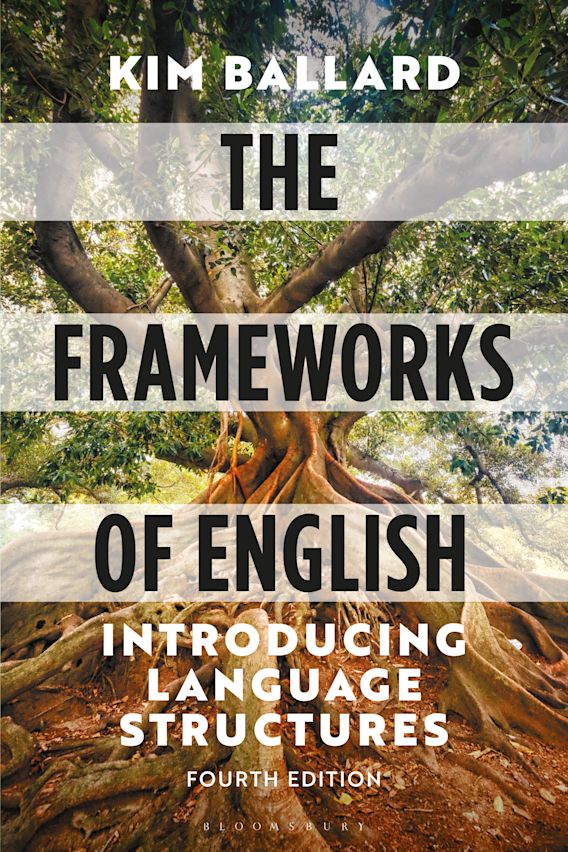



johndoe@gmail.com
Are you sure you want to reset the form?
Your mail has been sent successfully
Are you sure you want to remove the alert?
Your session is about to expire! You will be signed out in
Do you wish to stay signed in?
The questions in this exercise relate to the following extract, where Daniel is telling Kate about a television programme.
| Key | |
| (.) | micropause |
| (2.0) | pause measured in seconds |
| // // | overlapping speech |
| = | latching on |
| (laughs) | indicates laughter by the speaker |
| turn |
| |
| 1 | Daniel | the basic story is his brother’s on death row |
| 2 | Kate | yeah = |
| 3 | Daniel | = for a crime he didn’t commit (2.0) so he’s trying to get his brother out |
| 4 | Kate | so they escape together |
| 5 | Daniel | so he’s trying to get his brother out together |
| 6 | Kate | okay = |
| 7 | Daniel | = umm but of course he’s done every plan of the prison on his body and the tattoos mean nothing to anybody but him |
| 8 | Kate | so how did he do that if he’s in prison (.) did he have needles and ink |
| 9 | Daniel | no he done it beforehand (.) before he went into prison (.) planned everything (1.0) and had all the tattoos done = |
| 10 | Kate | = so did he know the layout of the prison and stuff |
| 11 | Daniel | yeah he had all the blueprints |
| 12 | Kate | that’s clever |
| 13 | Daniel | all the blueprints yeah it’s a really clever = |
| 14 | Kate | = so he got himself into prison |
| 15 | Daniel | yeah |
| 16 | Kate | just to get himself // and his brother out // |
| 17 | Daniel | // and his brother out // yeah |
| 18 | Kate | is this a true life story |
| 19 | Daniel | no no no it’s just (.) |
| 20 | Kate | (laughs) I thought it was true |
| 21 | Daniel | no it’s just a programme that’s on once a week |
Question 1 (Consolidate)
Identify the cohesive devices in Daniel and Kate’s conversation.
Answer/discussion
Much of the cohesion is achieved through lexical and phrasal repetition. The participants repeat themselves (e.g. his brother, he’s trying, prison, tattoos, did he, all the blueprints, true) as well as each other (e.g. story, together, prison, clever, and his brother out). There are three interwoven semantic fields: crime and punishment (death row, crime, commit, prison); planning an escape (get out, escape, plan of the prison, planned, layout of the prison, blueprints); tattoos (body, tattoos, needles, ink).
There is also considerable use of anaphoric reference using third person pronouns (his, he, himself) to refer to the man who is planning the escape (who presumably has been identified prior to the start of the extract) but in turn 3 the first use of he (for a crime he didn’t commit) has the brother as its antecedent. This can be inferred from the semantic and grammatical context. In turn 4, they refers to the man and his brother. In turns 8 and 9 that and it refer to the man having the tattoos done, and in turn 18 this refers to everything Daniel has told Kate about the plot of the programme.
Question 2 (Explore)
The lexical item so occurs several times in the extract. For each instance, identify the function of so, considering whether it contributes to the cohesion of the text or fulfils some other purpose.
Answer/discussion
There are six instances of so in this extract. Daniel uses it in turn 3 to introduce a result clause, where so could be said to have the meaning of therefore: the condemned man is innocent of the crime – therefore the main character is trying to get him out of prison. When Daniel uses so again in turn 5, he’s repeating the clause from turn 3 – so he’s trying to get his brother out – and this repetition has a cohesive effect as it enables Daniel to resume his explanation. In turns 8 and 10, Kate uses so as a discourse marker to introduce her questions relating to Daniel’s explanation. In turn 14, Kate again uses so as a discourse marker, but this time to introduce a brief summary of what Daniel has told her. Kate also uses so in turn 4. Here, so seems to have a dual function, partly expressing an assumed result and partly functioning as a discourse marker to introduce Kate’s turn.

.